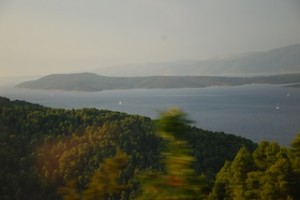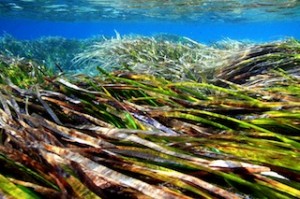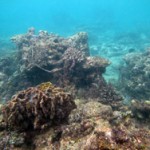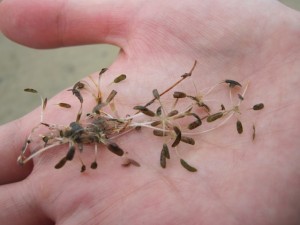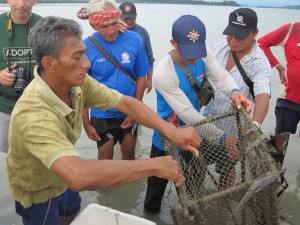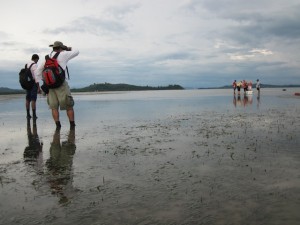Please take the time to provide feedback via the Membership Survey
In November 2010 a new committee was elected, and the WSA has a new President in Dr Giuseppe Di Carlo and a range of new and younger members involved. The committee felt that the WSA needed a fresh approach to reaching out to its members in order to fulfil its potential as the leading global network of seagrass scientists and coastal managers. The new WSA committee now needs to gain the support of the membership and develop a strategy for the future direction of the Association.
In order to galvanise support for the WSA, and to develop new initiatives and ideas, it was felt that providing a questionnaire to all members would be a valuable process. It was felt that this was a way of capturing ideas throughout the association and reaching out to the membership to engage individuals about the needs of the seagrass conservation and research community that the Association can help address and/or support.
We would therefore request the assistance of all members by completing the following questionnaire. While we understand that you are all busy in your respective activities we ask you to take half an hour to consider how you feel the WSA can develop into the future.
Please remember the strength of the Association is in the commitment of its members. Thanking you in advance.
WSA Management Committee
We are conducting this survey via the online tool Survey Monkey, all responses will remain anonymous. All members will receive an email with a link to the survey—if you didn’t receive (or have mislaid) your invitation to participate contact us and we’ll resend your details (send an email to resources at seagrassonline.org).
Len McKenzie
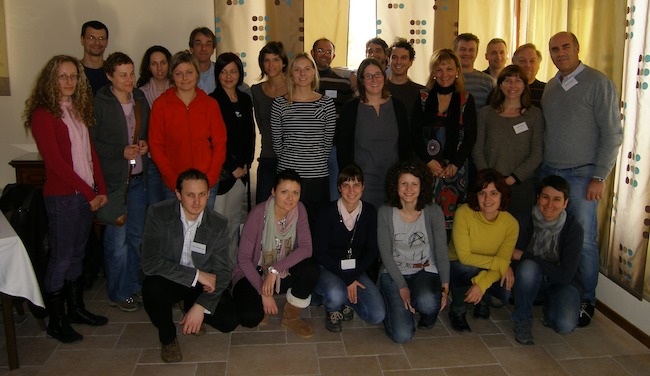
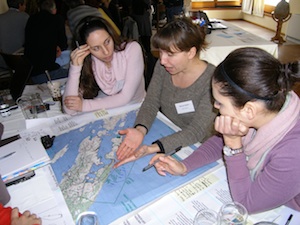 Croatia is currently making large investments in MPAs to develop effective management and monitoring plans. The idea is that by this summer, monitoring will start both for fish and P. oceanica meadows and that later next year some socio-economic indicators will be added.
Croatia is currently making large investments in MPAs to develop effective management and monitoring plans. The idea is that by this summer, monitoring will start both for fish and P. oceanica meadows and that later next year some socio-economic indicators will be added.